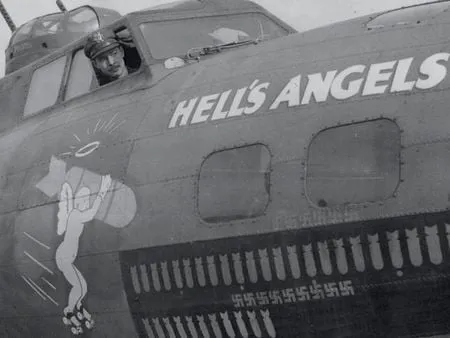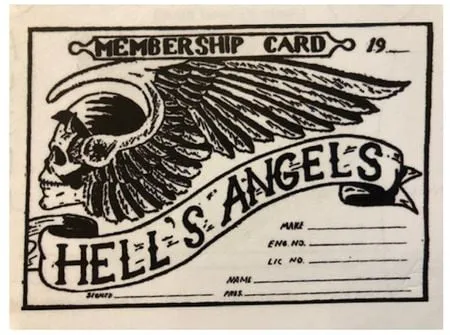Entertainment
The Hells Angels Motorcycle Club, founded in 1948 in California, has a history shrouded in secrecy, myth, and notoriety. Here is a glimpse into the secret history of the Hells Angels:
Formation and Early Years:

The Hells Angels were formed by World War II veterans who embraced a rebellious, anti-establishment lifestyle. The club's origins are often traced to the Fontana, California, area in 1948, where the founding members bonded over a shared love for motorcycles and a disdain for societal norms.
Outlaw Image and Criminal Allegations:
Over the years, the Hells Angels developed a notorious reputation as an outlaw motorcycle gang. While not all members engage in criminal activities, the club has been associated with organized crime, drug trafficking, and violence. Some chapters have faced legal scrutiny, and individuals within the organization have been charged with various crimes.
The "Filthy Few" Patch:
The "Filthy Few" patch, worn by some Hells Angels members, is believed to signify that they have engaged in violence on behalf of the club. This patch has contributed to the perception of the Hells Angels as a dangerous and outlaw organization.
"1%" Symbolism:
The Hells Angels adopted the "1%" symbol in response to a statement by the American Motorcycle Association (AMA) that 99% of motorcyclists were law-abiding citizens. By embracing the "1%" label, the Hells Angels declared themselves as the minority who rejected societal norms.

Infamous Incidents:
The Hells Angels have been involved in several high-profile incidents, including the 1969 Altamont Free Concert, where a Hells Angels member stabbed a concertgoer to death. This event is often cited as a dark moment in the club's history.
International Expansion:
The Hells Angels expanded beyond the United States and established chapters in various countries, including Canada, Australia, Europe, and New Zealand. The international growth of the club reinforced its image as a global outlaw motorcycle organization.
Media Portrayal:
The Hells Angels' secretive nature has often been exacerbated by media portrayals that emphasize their outlaw status. Movies, documentaries, and books have contributed to the mystique surrounding the club, sometimes blurring the line between reality and sensationalized storytelling.

Club Code and Rituals:
The Hells Angels adhere to a strict code of silence, commonly known as the "code of silence" or "omertà." Members are expected to refrain from discussing club matters with law enforcement or outsiders. The club's rituals and initiation ceremonies are closely guarded secrets.
Legal Battles:
The Hells Angels have faced numerous legal battles over the years, including attempts by law enforcement to dismantle the organization. These legal challenges have contributed to the club's secretive nature and its resistance to external scrutiny.

Motorcycle Club Culture:
Despite the criminal allegations and controversies, the Hells Angels maintain a strong sense of brotherhood and camaraderie within their ranks. The club is deeply entrenched in motorcycle club culture, complete with its own set of traditions, symbols, and hierarchies.

While the Hells Angels Motorcycle Club's history is marked by secrecy and a turbulent reputation, it is essential to recognize that not all members engage in criminal activities. The organization, with its complex dynamics and internal codes, remains a subject of fascination and intrigue within the realm of motorcycle club culture.










